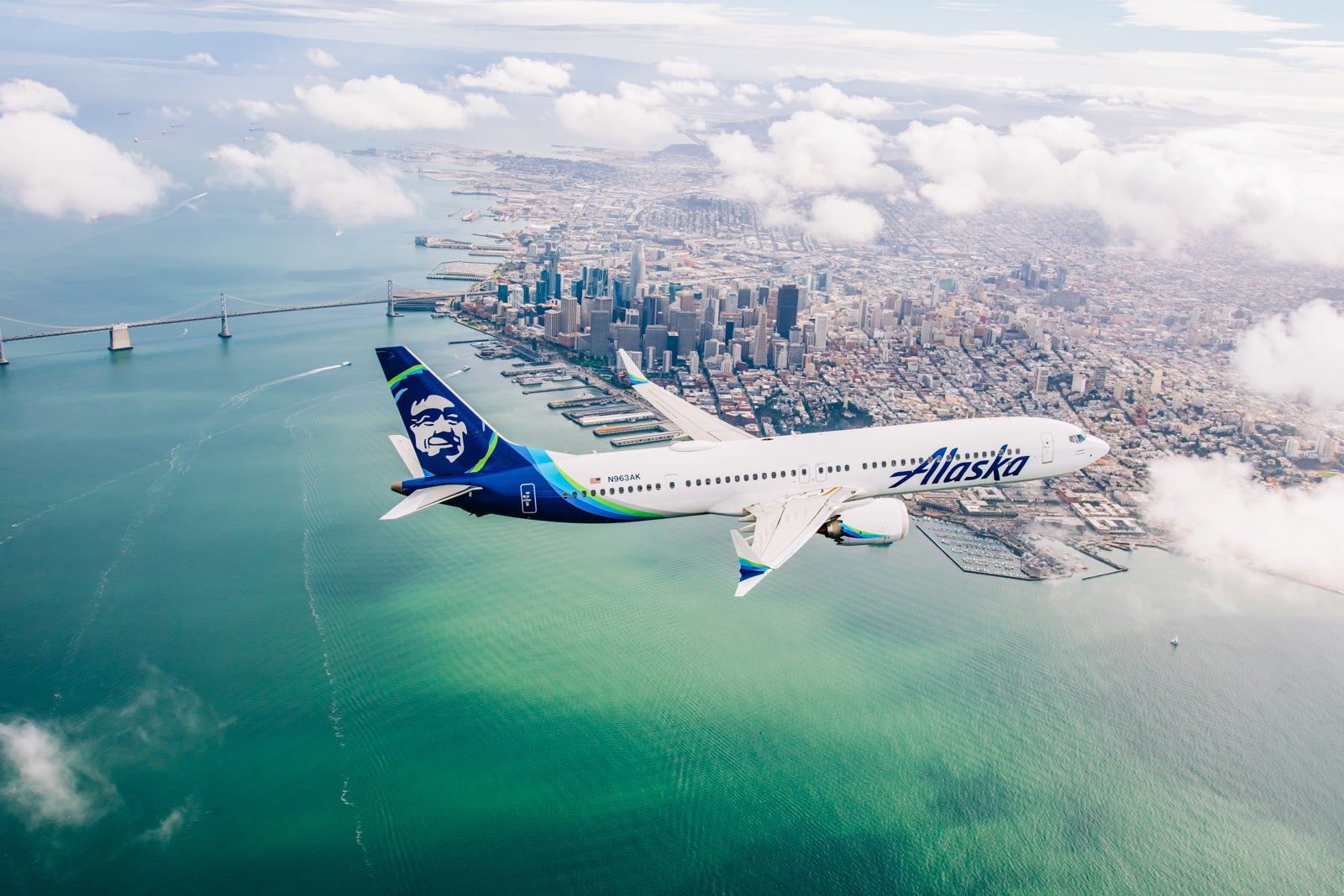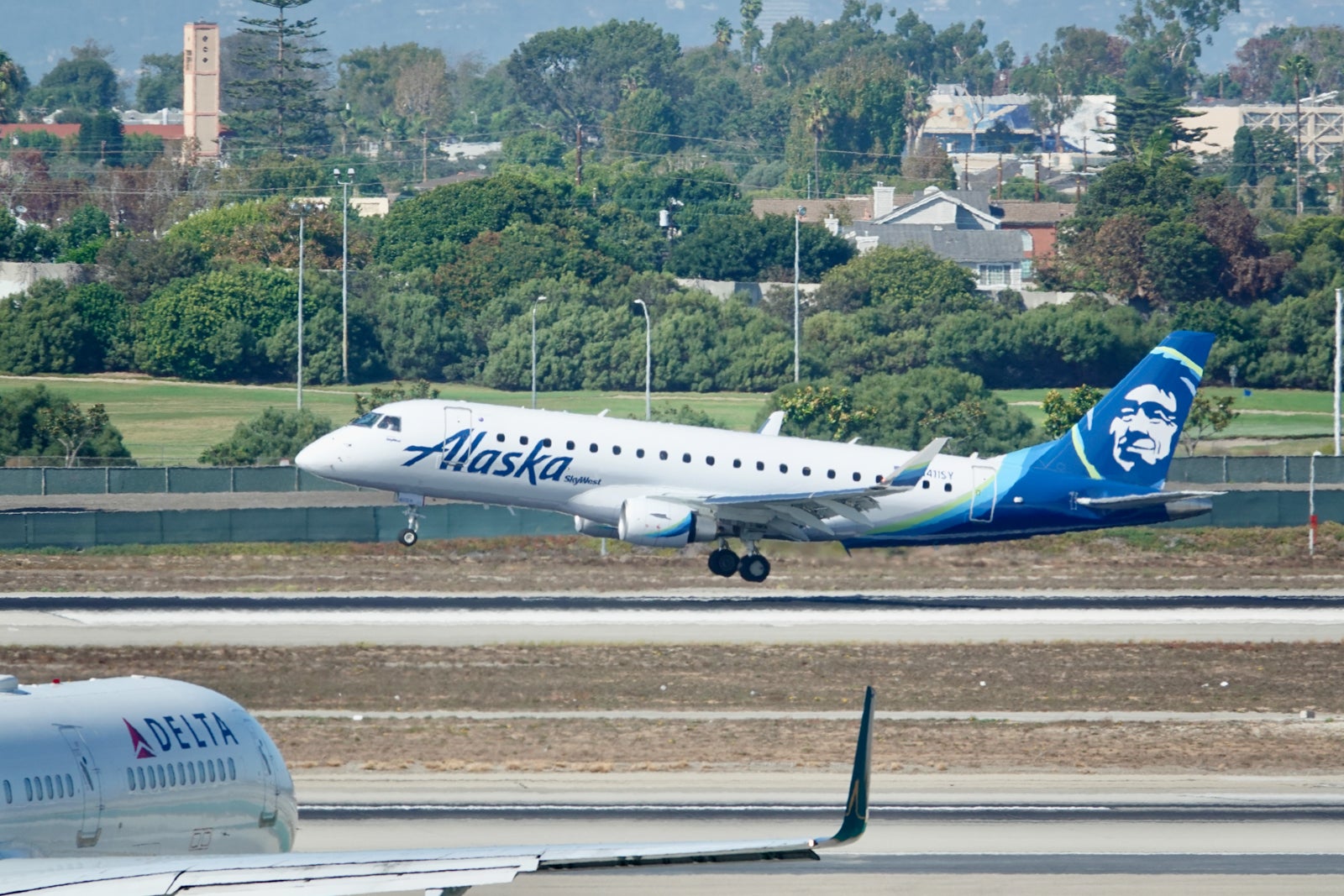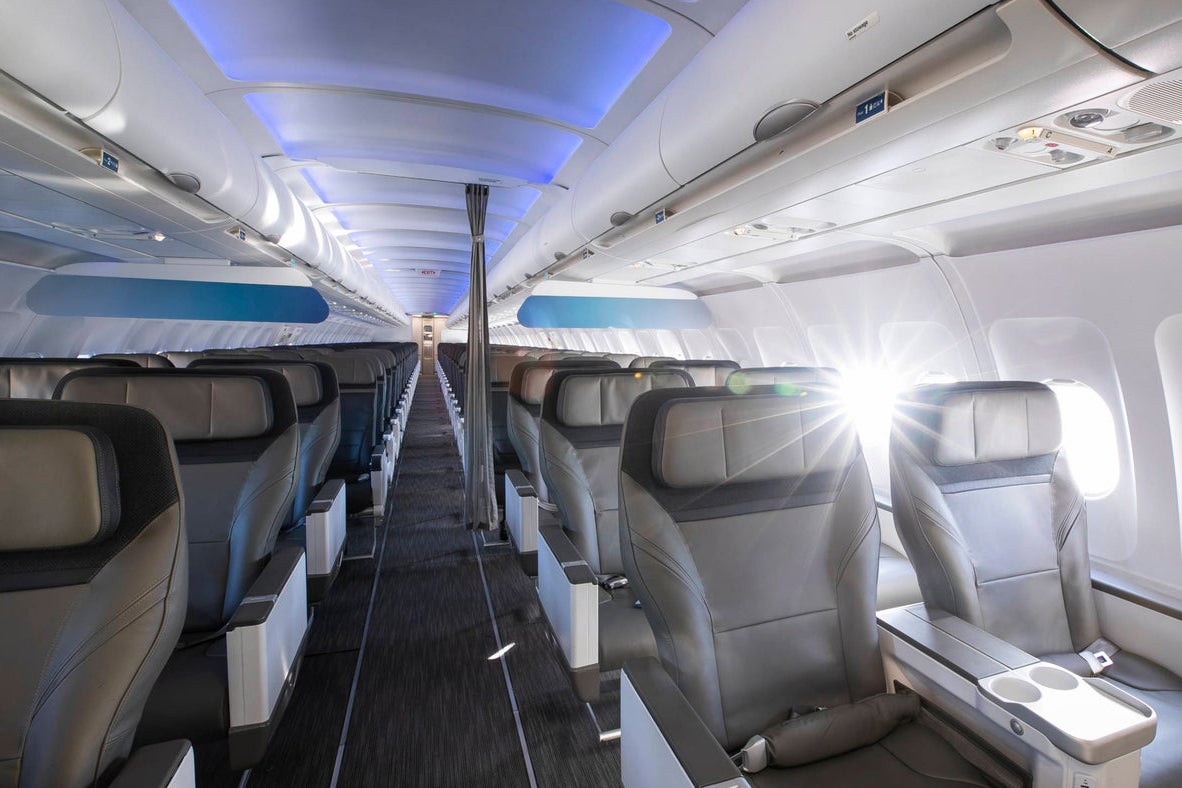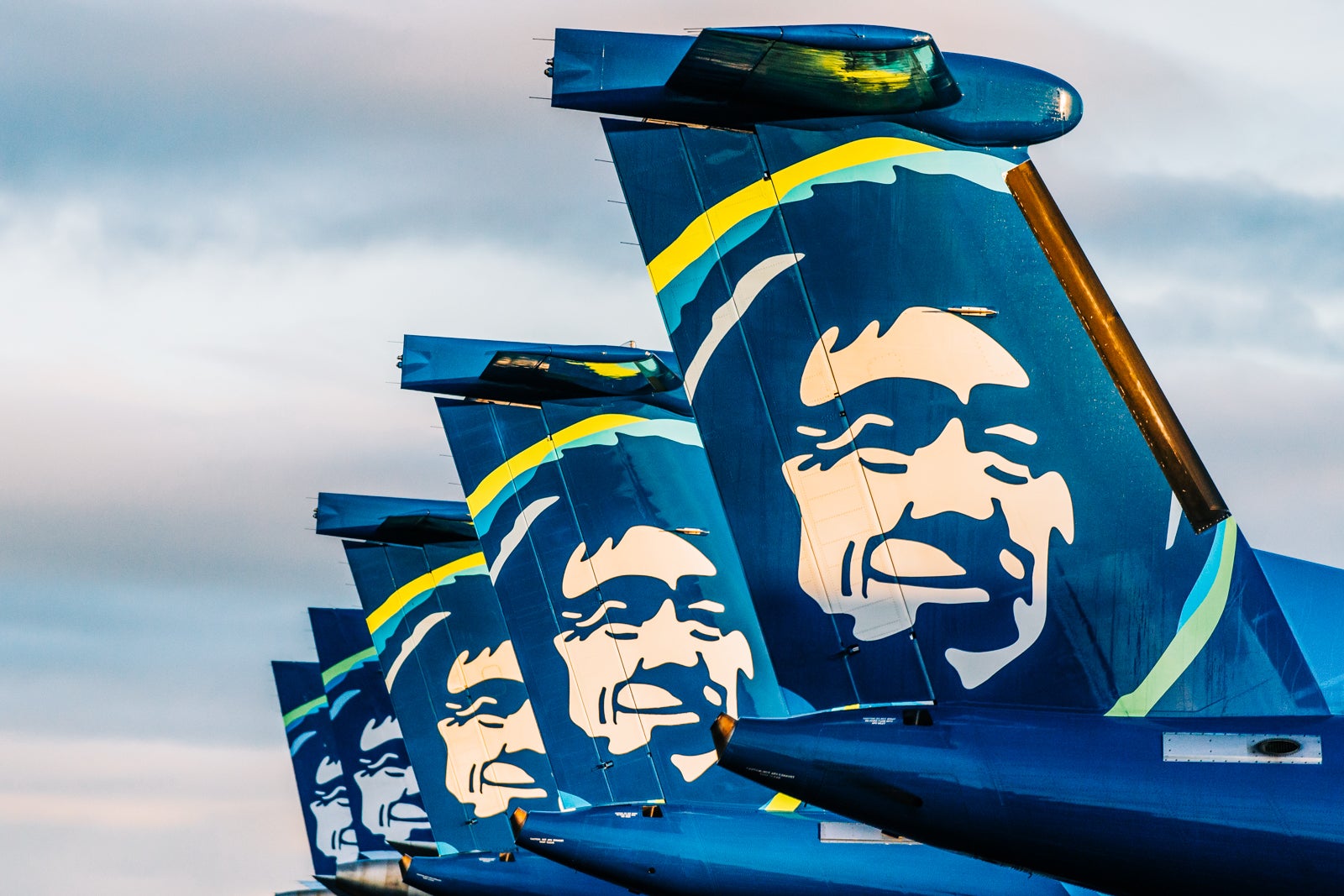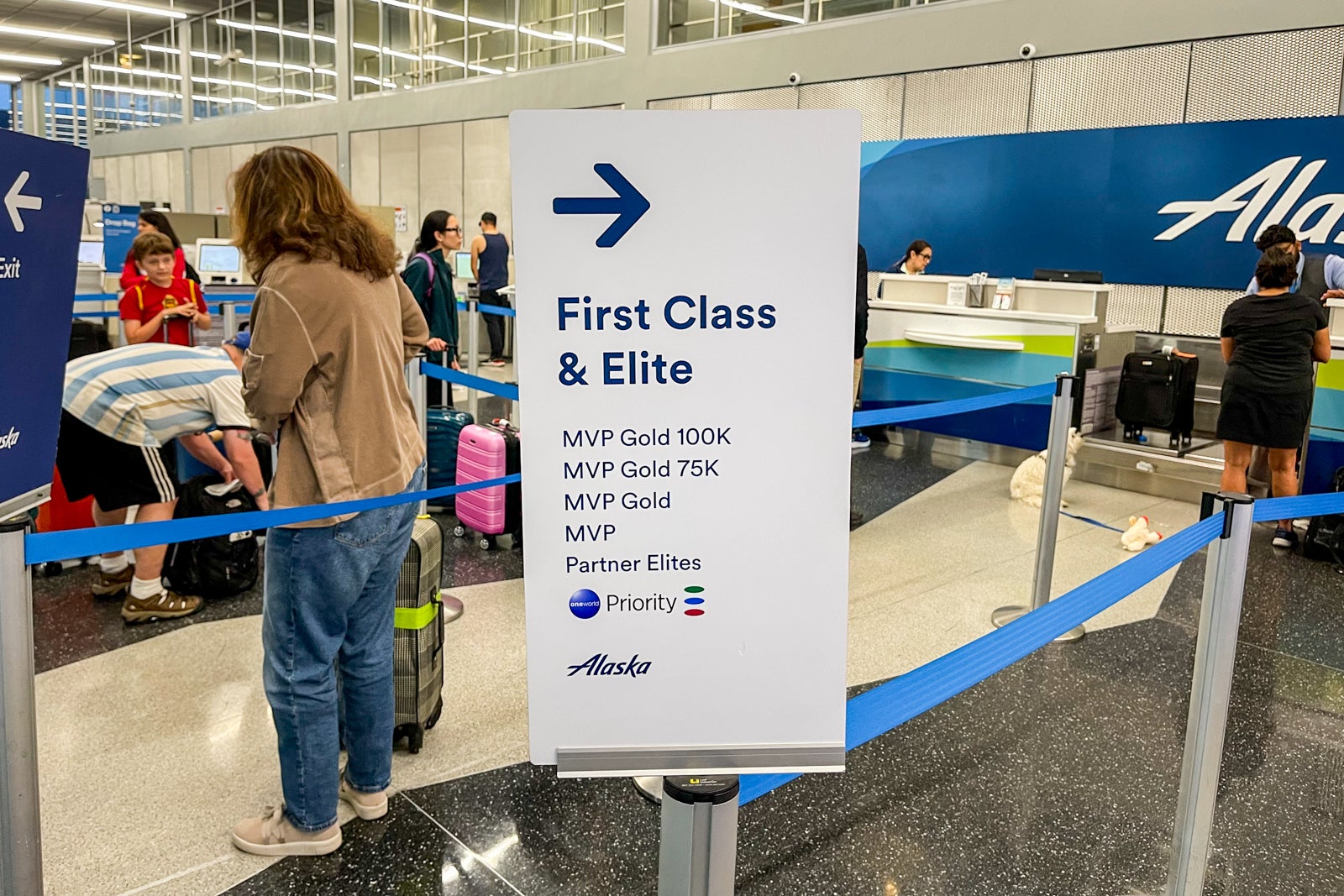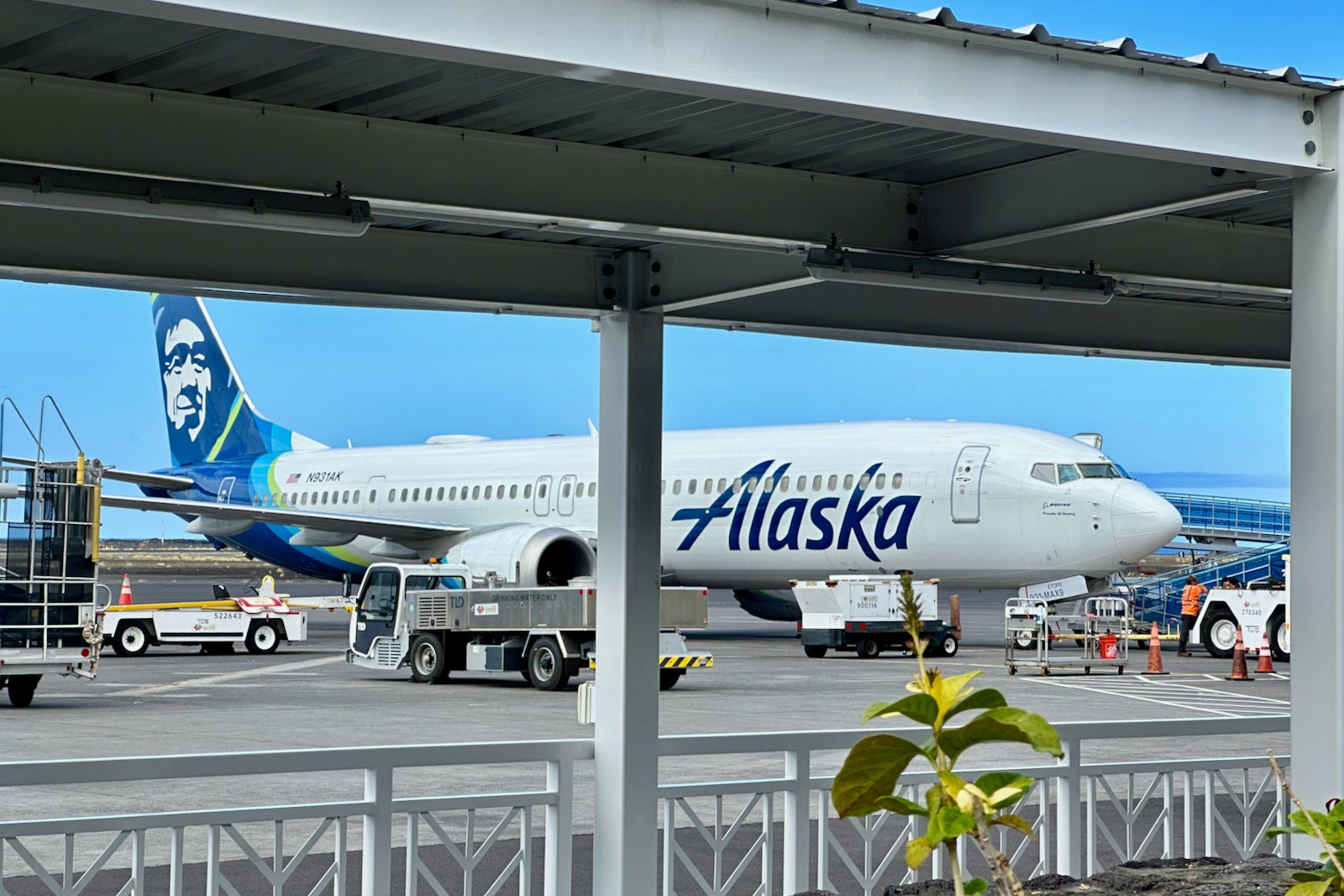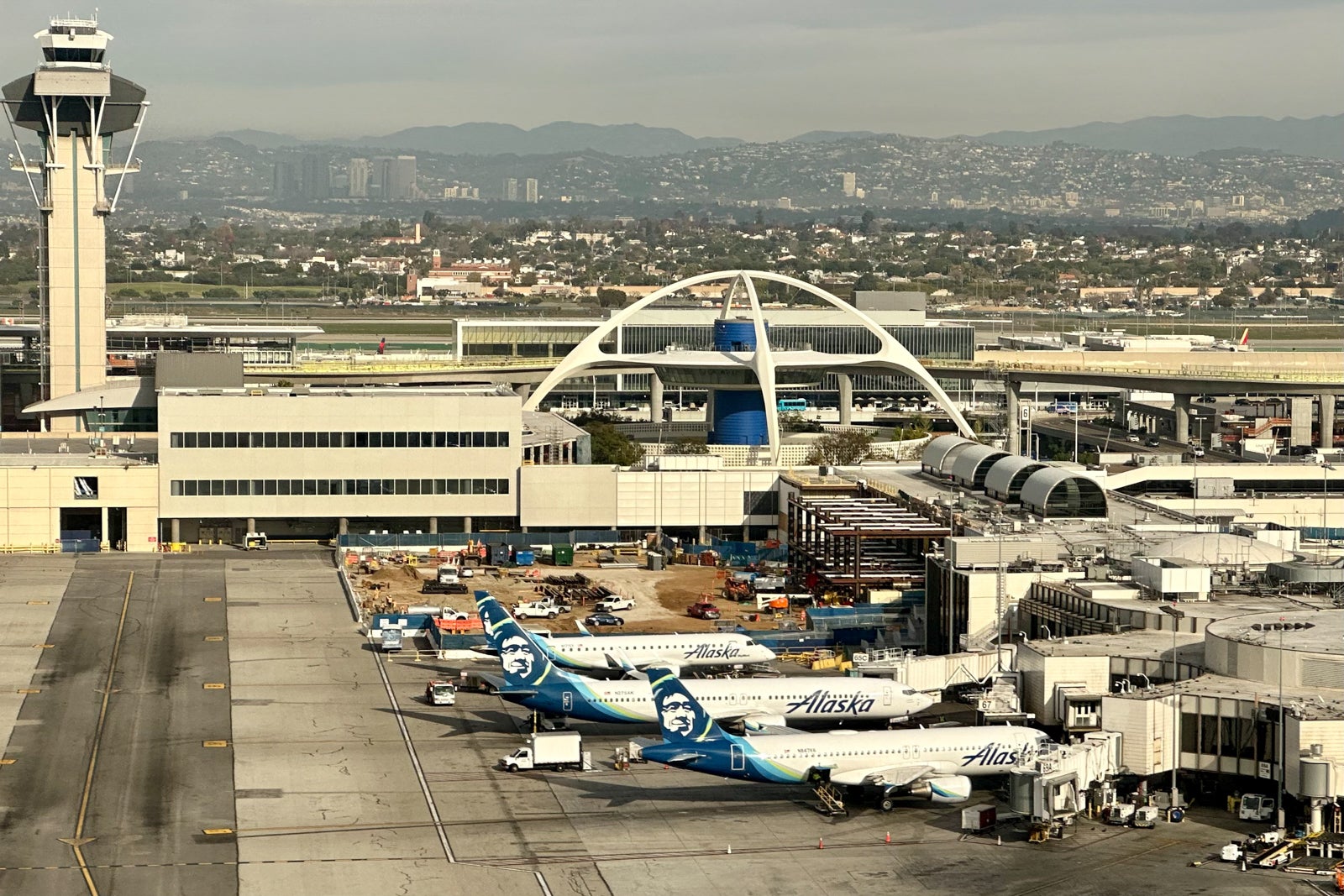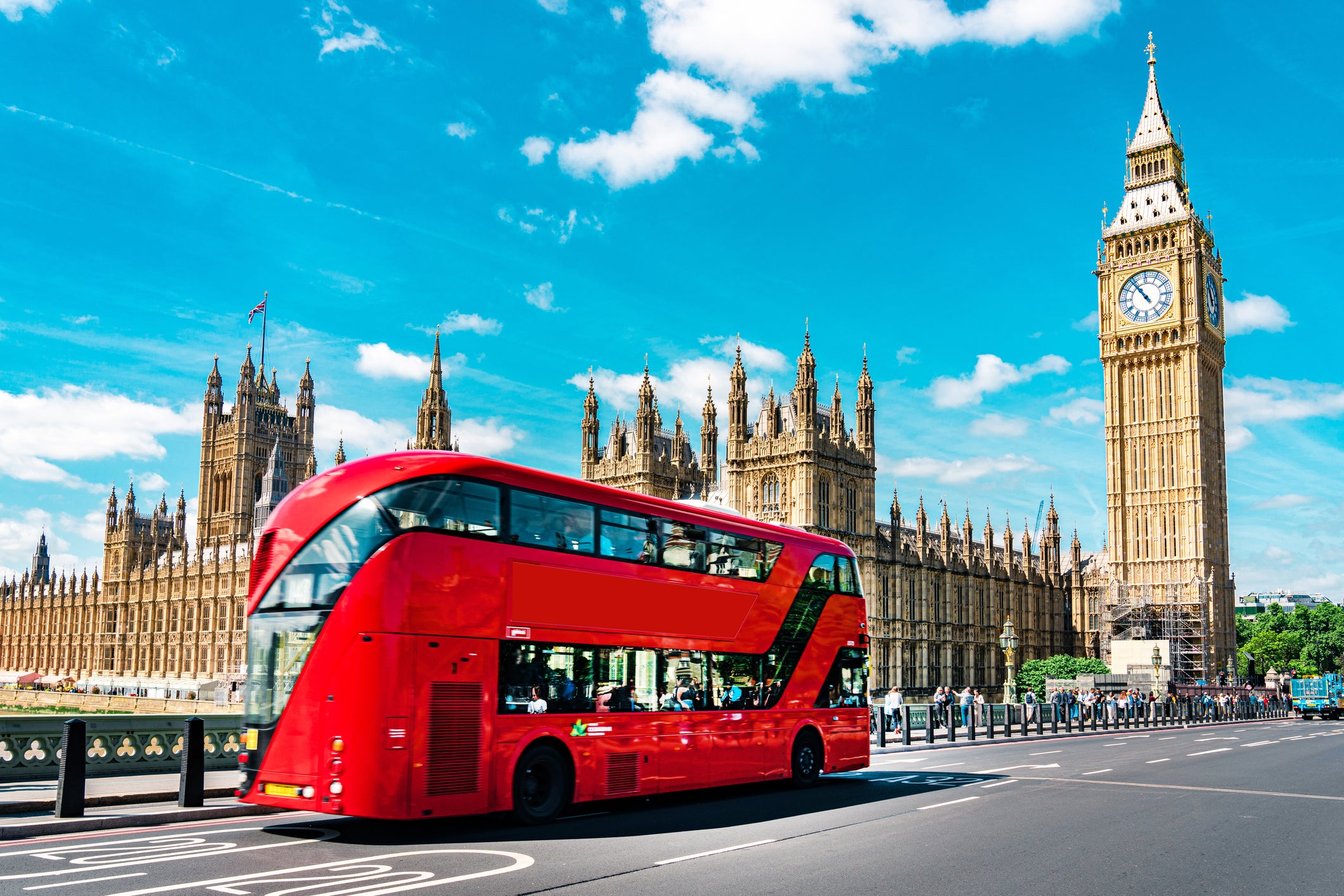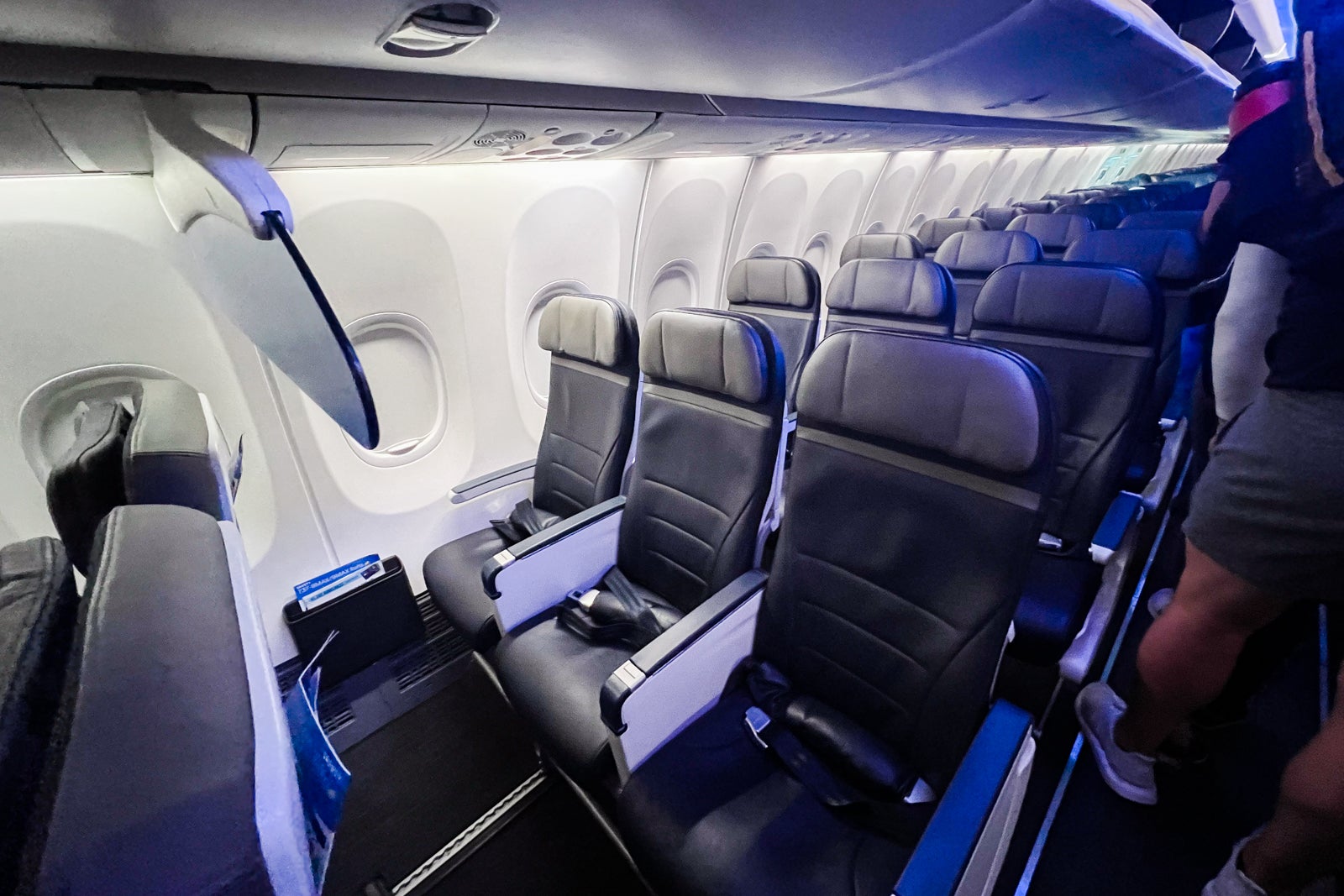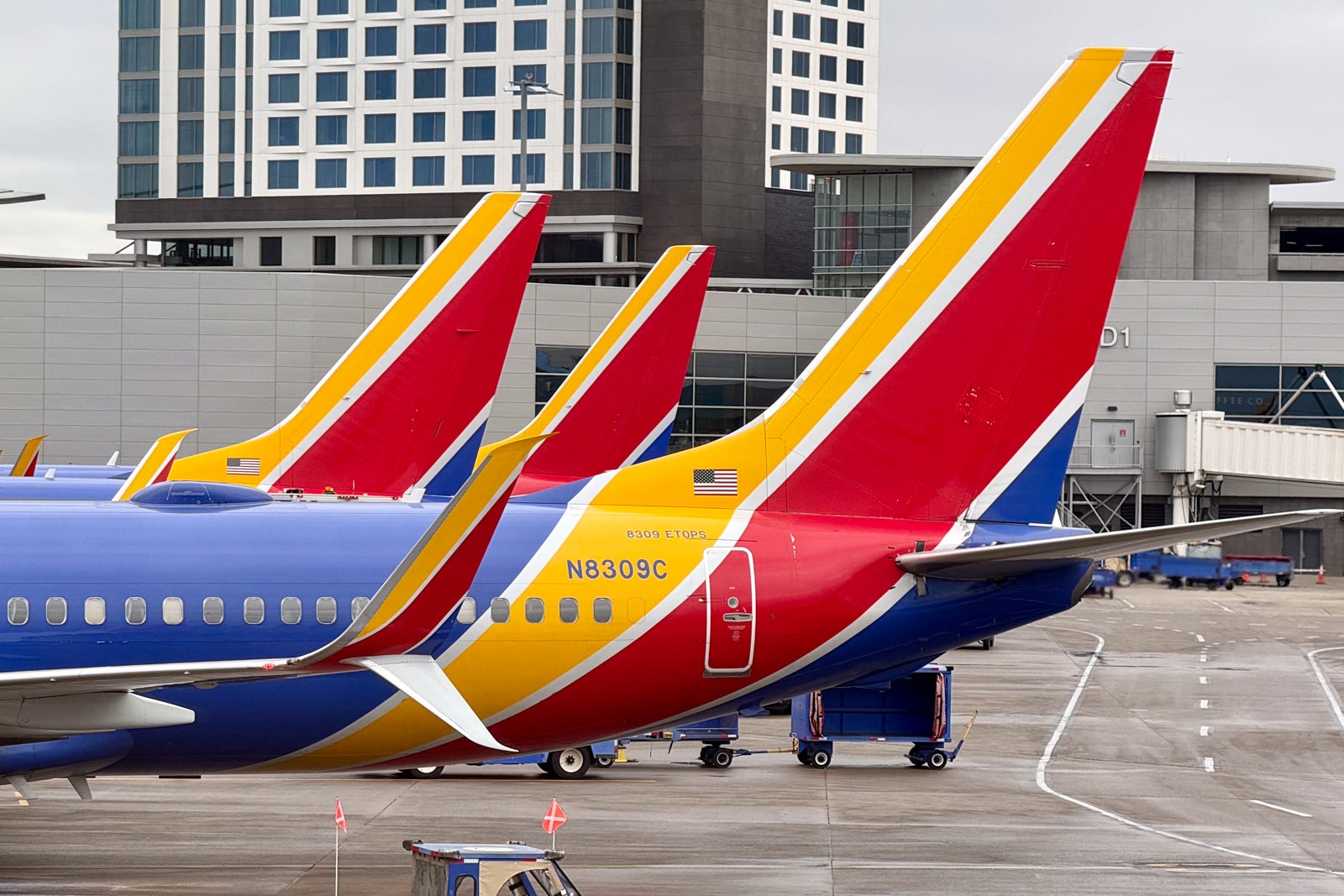Alaska Airlines MVP elite status: What it is and how to earn it
In addition to being rewarded with valuable miles, when travelers choose to fly Alaska Airlines and its partner airlines and credit flights to the Alaska Airlines Mileage Plan loyalty program, they may qualify for MVP elite status. You can access exclusive and valuable benefits and perks by achieving elite status, enhancing your overall travel experience.
Depending on which MVP elite status is achieved, you can enjoy perks like complimentary first-class upgrades and preferred seating, plus bonus miles that can be redeemed for future travel on Alaska or its airline partners.
If you are considering striving for these perks, weighing the benefits against the drawbacks of remaining loyal to one airline program is important. While pursuing elite status and remaining loyal to one carrier can be an easy no-brainer for some — particularly those who live near an Alaska Airlines hub — others may be better off remaining airline-free agents, choosing the best carrier for each flight.
In this guide, we’ll evaluate MVP status and explain the different status tiers, how to achieve them and if striving for this status is worth the effort for the occasional or frequent Alaska Airlines flyers — especially in light of recent changes made to the Mileage Plan program.
What is Alaska Airlines status?
Alaska offers different MVP status tiers based on the number of elite qualifying miles earned through the airline and its global partners and spending on Alaska’s cobranded credit card.
Your Alaska elite status is activated when you pass the required threshold for that tier, is subsequently valid for the rest of that calendar year and typically expires on Dec. 31 of the following calendar year. For example, if you reach your 2024 MVP Gold qualification in October 2024, your status will be valid through Dec. 31, 2025.
Related: Maximizing redemptions with Alaska Airlines Mileage Plan
Alaska elite status tiers
Anyone can join the Mileage Plan program for free online as a base member. Doing so will make you eligible to collect Alaska miles, and as you spend more time flying Alaska or its partners, you can also collect status.
Alaska Airlines’ published elite status tiers from lowest to highest are:

Daily Newsletter
Reward your inbox with the TPG Daily newsletter
Join over 700,000 readers for breaking news, in-depth guides and exclusive deals from TPG’s experts
- MVP
- MVP Gold
- MVP Gold 75K
- MVP Gold 100K
As you fly more on Alaska or spend on a cobranded credit card, you can climb the status ladder. As you remain loyal to Alaska and reach higher tiers, the perks become more lucrative. For example, you can receive complimentary lounge access or free upgrades.
The same is true for the four published elite status tiers of rival airlines United and Delta.
Related: 6 great benefits I received as an American Airlines elite flying Alaska Airlines
How to qualify for Alaska elite status
Despite many airlines moving away from calculating elite status based on actual mileage flown toward a version of the amount spent with the carrier, Alaska has been a holdout. For Alaska flyers, the elite status is calculated via the number of elite qualifying miles earned, not to be confused with redeemable Alaska miles.
In 2023, Alaska announced changes to how elite members earn status. Beginning this year, earning status through elite qualifying segments is no longer possible; you’ll only earn status by accruing elite qualifying miles. Therefore, it is now possible to earn Alaska elite status without ever stepping foot on an Alaska Airlines plane, as you can collect elite qualifying miles simply by exclusively flying its partners.
However, the number of elite qualifying miles earned is based on the carrier flown and fare class. For instance, a first-class ticket on Alaska in the J fare class earns 200% elite qualifying miles. On the other hand, a Savor economy ticket in the X fare class will earn only 30% elite qualifying miles. You can check out Alaska’s earning chart here.
To qualify for MVP status, you must reach varying thresholds of elite qualifying miles based on Alaska, Oneworld and global partner airlines’ flights and cobranded credit card spending.
| Status tier | Number of elite qualifying miles required |
|---|---|
| MVP | 20,000 |
| MVP Gold | 40,000 |
| MVP Gold 75K | 75,000 |
| MVP Gold 100K | 100,000 |
Alaska elite status benefits
While the perks are great for all members with Alaska Airlines elite status, as you climb the ladder, the benefits continue to become even more worthwhile.
MVP status perks include:
MVP
This is the lowest elite tier in Alaska’s program, where you will receive benefits such as:
- 50% bonus miles
- Oneworld Ruby status
- Priority check-in, security and boarding
- Preferred seating
- Two free checked bags
- Priority call routing
- Alaska Lounge membership discount
- First-class upgrades at the time of booking with Y and B fares
- Premium-class upgrades at the time of booking with Y, B and H fares
- First- and premium-class upgrades on Alaska non-qualifying fares (except Savor) 48 hours before departure
- Access to extra legroom seating on American Airlines 24 hours before departure
- Complimentary access to domestic upgrades on American starting 24 hours before departure
MVP Gold
As you level up with Alaska, you receive all the same perks as MVP, plus:
- 100% bonus miles
- Oneworld Sapphire status
- Complimentary same-day flight changes and standby for full flights
- Complimentary premium beverage or chocolate in Main Cabin
- First-class upgrades at the time of booking with Y, B, H and K fares
- Premium-class upgrades at the time of booking with Y, B, H, K, M, L, V, S and N fares
- First- and premium-class upgrades on Alaska non-qualifying fares (except Savor) 72 hours before departure
- First- and premium-class companion upgrades
- First-class guest upgrades (maximum of four per year)
- Access to extra legroom seating on American Airlines at booking
- Complimentary access to domestic upgrades on American starting 48 hours before departure
MVP Gold 75K
For even more frequent Alaska flyers, you receive all the same perks as MVP Gold, as well as:
- 125% bonus miles, plus 50,000 bonus miles upon qualification
- Oneworld Emerald status
- Three free checked bags
- Four Alaska Lounge daypasses
- First-class upgrades at the time of booking with Y, B, H, K and M fares
- Premium-class upgrades at the time of booking on all fares except Savor fares
- First- and premium-class upgrades on Alaska non-qualifying fares (except Savor) 120 hours before departure
- One one-way international upgrade certificate on American Airlines
- Complimentary access to domestic upgrades on American starting 72 hours before departure
MVP Gold 100K
This is the top tier in Alaska’s program for its most frequent travelers, where you will receive all the same perks as MVP Gold 75K, plus:
- 150% bonus miles and a 100K Choice Benefit upon qualification
- Complimentary snack or meal in Main Cabin
- Two one-way international upgrade certificates on American Airlines
For Alaska elite status members reaching the MVP Gold 100K tier, you will be invited to select one of the 100K Choice Benefits for the following year:
- 50,000 bonus miles
- Alaska Lounge+ Membership
- Ability to gift MVP Gold status
- Complimentary Wi-Fi every time you fly on Alaska
- Complimentary Clear Plus membership
Can a credit card help you earn Alaska MVP status?
Alaska has personal and business credit cards, both available through Bank of America. They offer the following benefits. (Terms apply.)
| Card | Best for | Welcome bonus | Earning rate | Annual fee |
|---|---|---|---|---|
| Alaska Airlines Visa® credit card | Alaska Airlines flyers | Earn 70,000 bonus miles plus Alaska’s Famous Companion Fare ($99 fare plus taxes and fees from $23) after making $3,000 or more in purchases within the first 90 days of account opening. | 3 miles per dollar spent on Alaska purchases; 2 miles per dollar spent on gas, local transit, electric vehicle charging stations, cable and some streaming services; 1 mile per dollar spent on everything else | $95 |
| Alaska Airlines Visa® Business card | Alaska Airlines flyer with an eligible business | Earn 50,000 bonus miles plus Alaska’s Famous Companion Fare ($99 fare plus taxes and fees from $23) after making $3,000 or more in purchases within the first 90 days of account opening. | 3 miles per dollar spent on Alaska purchases; 2 miles per dollar spent on gas, local transit, EV charging stations, shipping and local transit (including ride-hailing services); 1 mile per dollar spent on everything else | $70 for your company and $25 per card |
After Alaska’s announced changes last year, the carrier updated earning rates for credit card holders. Those with a cobranded card now earn 4,000 elite qualifying miles for every $10,000 spent on any eligible card, which is a great help toward earning elite status.
It is worth noting that the airline caps the maximum number of elite qualifying miles earned from credit card spending at 20,000. However, it’s still possible to earn low-tier MVP status simply by spending $50,000 on the card.
In addition to the valuable redeemable miles earned, Alaska’s cobranded cards come with perks like free checked bags, discounts on inflight purchases and the ability to work toward MVP elite status. As such, having one of the airline’s credit cards can easily make sense to keep in your wallet year after year.
Related: Your complete guide to earning and redeeming with Alaska Airlines Mileage Plan
Is Alaska Airlines elite status worth it?
If you already fly Alaska regularly or plan to in 2024 and are perhaps considering adding an Alaska Airlines credit card to your wallet, you might find it easy to earn elite status in the Mileage Plan program and find the benefits well worth the effort.
If you earned Alaska elite status in 2023, it’s valid through Dec. 31, 2024. To decide whether to pursue extending your status into 2025, it is crucial to consider how much you’ll be traveling on Alaska and Oneworld partners in the future. If you push hard to earn MVP Gold 100K status, for example, the valuable perks outlined, including upgrades and free checked bags, are only beneficial if you fly frequently enough the following year to use these perks.
Additionally, there is no point in pursuing elite status with an airline if you can’t feasibly fly it (or its partners) regularly. Be sure to consider Alaska’s service from your home airport(s) and how easy it is to get to your desired destination with the carrier. Alaska’s hubs are primarily on the West Coast at airports like:
- Ted Stevens Anchorage International Airport (ANC) in Anchorage, Alaska
- Los Angeles International Airport (LAX)
- Portland International Airport (PDX) in Portland, Oregon
- San Francisco International Airport (SFO)
- Seattle-Tacoma International Airport (SEA)
This means that if you live outside these areas, such as on the East Coast, you may have trouble flying Alaska unless you regularly commute to one of the airline’s hubs.
With that in mind, it is important to consider the trade-offs in pursuing status. One of the most common is deciding whether to use your preferred airline when it is not the most convenient or cheapest option. Would you book a one-stop Alaska flight if Delta had a cheaper nonstop option? If the answer is no, it may not be worth going out of your way to earn status with Alaska.
Additionally, if you have already obtained elite status with another airline and wonder if Alaska’s elite status is worth it, you could apply for a status match challenge. You can submit your frequent flyer status with one of the airlines listed on Alaska’s website to receive the equivalent Mileage Plan status for 90 days.
Related: Alaska Airlines baggage fees and how to avoid paying them
Bottom line
Alaska Airlines is widely considered a top airline in the frequent flyer community thanks to its MVP elite status and valuable mileage currency. However, the carrier has made some unwelcome changes recently, such as introducing a new distance-based structure and charging sky-high redemption rates for new partners.
While reciprocal upgrade benefits with American Airlines are valuable for Alaska elite members flying American, it could also mean upgrades will be more challenging to score, particularly for lower-tier elite members. When considering whether it is worth achieving MVP status in 2024, it is important to look at where your travels will take you this year and next year to see if the perks outweigh the costs. If you are working hard to earn elite status benefits, you will want to ensure you will travel enough with Alaska and its partner airlines once you reach your desired status tier to make that hard work worthwhile.
Overall, having MVP status can be a nice boost to make an enjoyable Alaska Airlines flying experience even more seamless.

